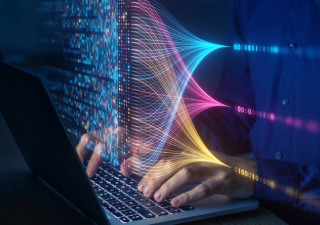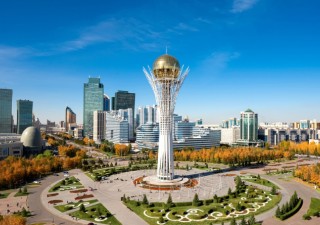Empowering youth through IP laws?
31 August 2022

People may now participate in content production, distribution, and consumption in ways that are revolutionary for both culture and business, thanks to new digital networked technologies. One result of the increased use of networked technologies is that copyright law is now frequently encountered by “digital natives” – young people who have grown up in the digital environment and have not only access to technology, but also the knowledge to utilize it in sophisticated ways.
It is through this that in many regions across Asia, digital natives are becoming more sophisticated, especially when they use their creativity in their jurisdictions in engaging the society. This is especially true on the social media platforms they spend much of their time with.

“In the past years, we have seen an increased number of young entrepreneurs in Hong Kong turning their innovative and creative ideas into action by starting their own businesses to develop new products and technology,” says Kelley Loo, a partner at Deacons in Hong Kong. “I believe this is largely due to the various initiatives undertaken by the Hong Kong Government or other public bodies to promote and encourage youths to innovate and develop Hong Kong as an international innovation hub. This includes, amongst others, providing financial grants or subsidies to startups for R&D, for applying for patents on their own inventions and organizing technology-related awards to reward and recognize companies for their outstanding inventions.”
Loo adds that apart from copyright laws, other types of IP laws such as patent and trademark laws also play equally important roles in encouraging and promoting creativity.
“One of the key features of copyright laws is that it automatically protects an original work upon creation, without the need to register such rights in Hong Kong, which is crucial to encourage and promote a creative economy,” she says. “It gives the creator the exclusive rights to exploit the work and, at the same time, to prevent others from exploiting the work for quite a considerable period of time. For example, an artistic work is generally protected in Hong Kong for the life of author plus 50 years.”
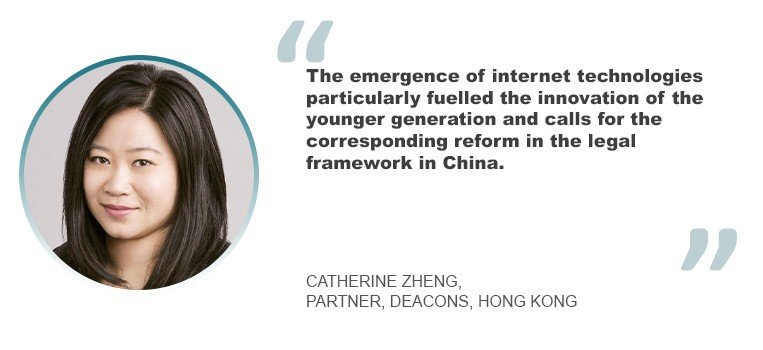
Loo notes that Hong Kong’s copyright laws are, however, more than a decade behind in keeping in line with international developments, and should be amended to keep pace with technological developments. “The Hong Kong Government has issued a public consultation in November 2021 to update the current copyright laws,” she says. “The amendments proposed include safe harbour provisions to limit an OSP’s liability for copyright infringement and new copyright exceptions for parody, satire, caricature and pastiche, amongst other proposed amendments.”
In China, there is also a trend of young people being increasingly aware of copyright and the protection afforded by copyright laws, and therefore being more incentivized to create original works and defend against infringement.
According to Catherine Zheng, a partner at Deacons in Hong Kong, copyright laws in China have undergone significant developments to address the protection of new types of works and new means of the distribution of the works.
“The emergence of internet technologies particularly fuelled the innovation of the younger generation and calls for the corresponding reform in the legal framework,” she says. “The 2020 amendment of the copyright law contained revisions to accommodate this trend. For instance, it expanded the scope of works protected to take into account new forms of creation such as audio-visual works produced in a non-traditional way. This will provide more certainty in protection to audio-visual authors in the internet era, many of whom are from the younger generation. In view of the rapid development of technologies in China nowadays, the constant update of copyright laws is necessary to boost the innovation in this sphere.”
She adds: “Copyright laws in China afford protection to eligible works at the time of creation. There is no mandatory requirement of registration to obtain protection under the copyright law, though it can be useful evidence of copyright ownership. Creators are entitled to various rights in relation to their works and will have recourse to legal remedies against infringers. Copyright laws and other intellectual property laws together form a comprehensive regulatory framework to protect creators against infringement.”
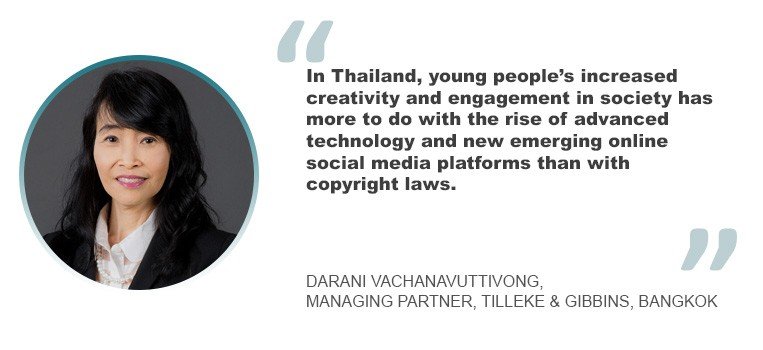
Only technology, and not IP?
However, some youths may still have a long way to go when it comes to region’s various copyright laws. In spite of the prevalence of technology in all governing aspects, some are still quite unfamiliar with the proper way to create content or to broadcast their materials.
“In Thailand, I find that young people’s increased creativity and engagement in society has more to do with the rise of advanced technology and new emerging online social media platforms than with copyright laws,” says Darani Vachanavuttivong, managing partner and managing director of the IP department at Tilleke & Gibbins in Bangkok. “In today’s world – where internet and new technology play a significant role in connecting people all around the world – young people are actively involved in society, express themselves, and share their creative and artistic work by utilizing technology as a tool to make their works visible and accessible. In my opinion, copyright law is still a remote idea for most young people, although it acts as legal protection of one’s creative work.”
She adds that youth seem to recognize the importance of copyright law and its protective measures only when their works have been infringed.
“Therefore, I am reluctant to say that copyright law encourages and empowers youth to be more creative, because technology is a more evident driver of creativity, confidence, and engagement among young people,” she says. “However, I do believe that copyright law is fulfilling the important role of protecting the right of all creators over their works.”
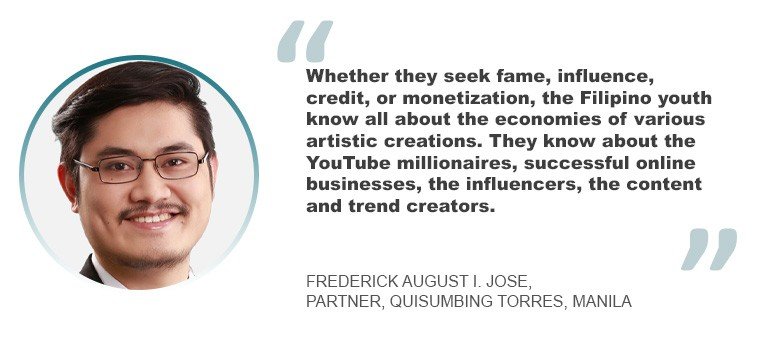
The case is similar in the Philippines except that, according to Frederick August I. Jose, a partner in the intellectual property, data and technology (IPDT) practice at Quisumbing Torres in Manila, the youth in the Philippines are very protective of their creations, ideas, because they are aware of the value that these creations potentially have.
“Whether they seek fame, influence, credit, or monetization, the Filipino youth know all about the economies of various artistic creations,” he says. “They know about the YouTube millionaires, successful online businesses, the influencers, the content and trend creators, among others. Copyright laws, if they accomplish their purpose, will encourage the youth to disseminate and commercialize their ideas. If they do not trust that their works will be protected properly by copyright laws, they will keep their works private.”
He says, “I think the Filipino youth recognize this, which is why for copyright they, in fact, police themselves. They call out imitators, frauds, infringers, and respect each others’ rights online which includes copyright. I believe that inevitably, this attitude and outlook will extend to other laws that govern matters even outside the online world.”
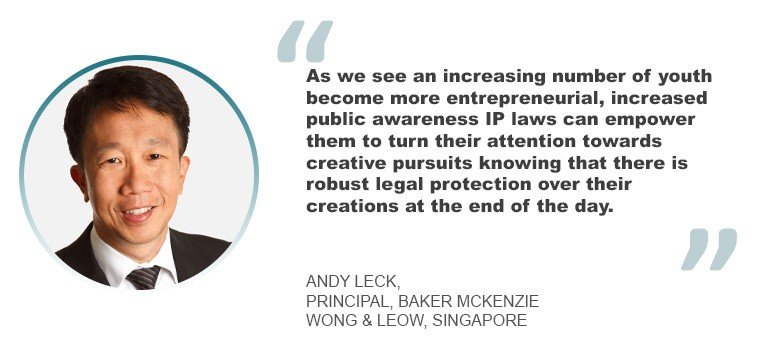
Education and robust IP laws
In cases like these where young people need a little push to be familiar with IP laws, Andy Leck, a principal at Baker McKenzie Wong & Leow in Singapore, says that public education will go a long way “In the recent joint survey by the Intellectual Property Office of Singapore and the country’s National Youth Council, the results showed that two-in-three young Singaporeans between 16 and 34 had not protected their content through IP-related means, even though they are creating or have created works such as paintings, photographs and computer programs; and more than a third of these content creators do not know how to do so,” he says.
He adds, “As we see an increasing number of youth become more entrepreneurial, with more than one-in-four indicating interest to launch a startup when they graduate, increased public awareness of copyright laws (and on a wider level, IP laws) can empower the youth to turn their attention towards creative pursuits knowing that there is robust legal protection over their creations at the end of the day.”
To empower the youth, robust copyright laws can provide them with an enabling ecosystem and landscape to innovate and create. For example, the right of attribution recently introduced in the 2021 amendments to Singapore’s Copyright Act confers the right to be identified on author(s) and performer(s) of works.
In addition, the recent changes to the Singapore Copyright Act 2021 provide that content creators own copyright in all commissioned content by default unless otherwise contractually provided for. This protects default owners of commissioned works in cases where their works are used for purposes that they did not agree on.
“Also, the new provisions regarding the class licensing of class management organizations (CMOs) under the Copyright Act 2021, which have yet to take effect, also seek to rectify deficiencies in the current system that have long plagued the creative industry,” says Leck. “In fields where individuals rely on compensation for creative efforts, introducing laws and regulations for the efficient administration of licensing fees or royalties encourages the constant generation of new works that enrich our society; reduces transaction costs associated with licensing, thereby allowing wider society more cost-effective access to a broad range of works; and builds a sustainable compensation ecosystem to incentivize creators.”
Ultimately, he says, enhancing copyright protection fosters intellectual creativity by incentivizing youth to create IP “with the assurance that they can gain recognition for their work, protect their livelihood and enforce their rights against infringers, if necessary.”


